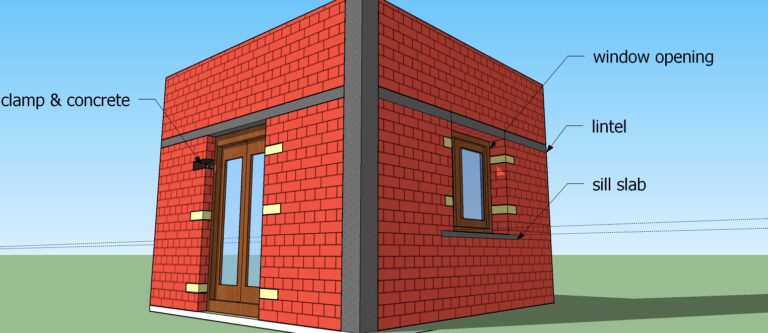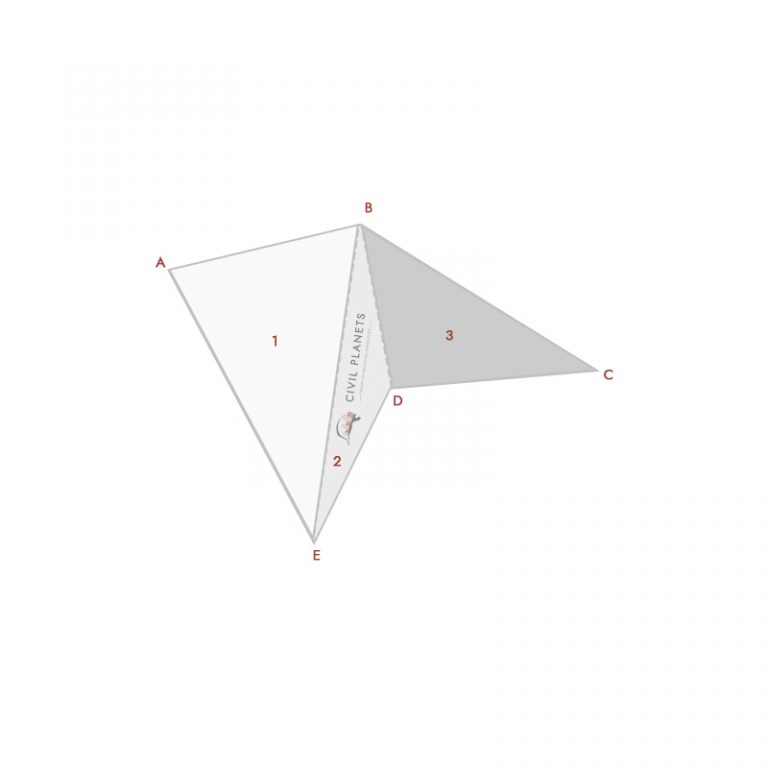You may have seen water dripping under the concrete surface (roof) because of the concrete surface’s tiny pore presence.
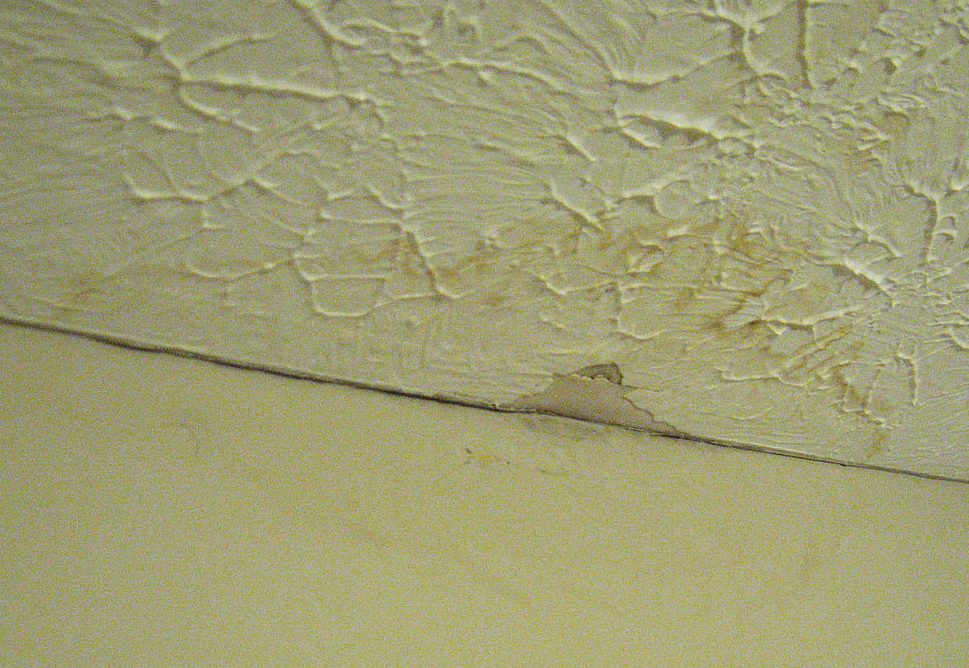
Concrete must be impermeable, which should prevent water penetration. At times it loses the impermeable capacity due to the improper quality of materials and water-cement ratio.
Effects of Water Seepage
Water penetration causes the below damages to the structure.
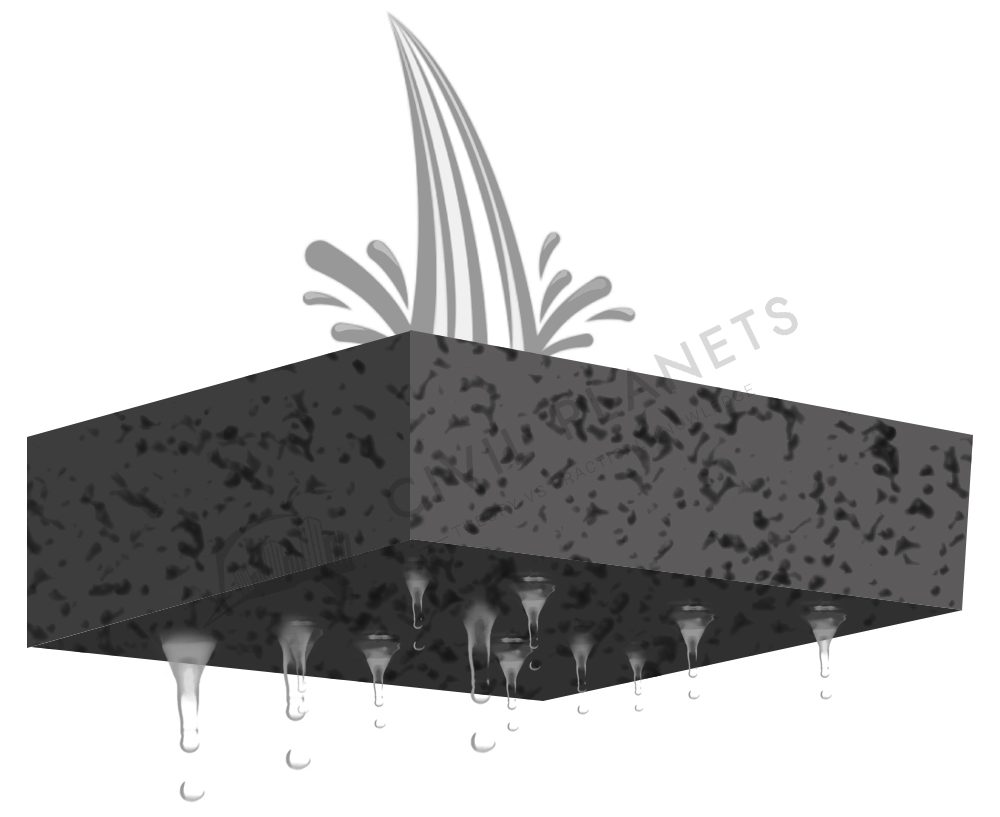
- Cracks may form on the concrete surface, which reduces the durability of concrete.
- The leakage water reacts with the steel reinforcement and corrodes the concrete.
- The household things and wooden material may cause fungus due to the presence of water inside the buildings.
Waterproofing Treatment
Waterproofing treatment is the only solution to prevent this moisture seepage.
Brickbat Coba and lime mortar mixing are conventional waterproofing treatments widely used on concrete roof surfaces. Modern days many waterproofing admixtures, which reduce the time and cost, also give efficient results.
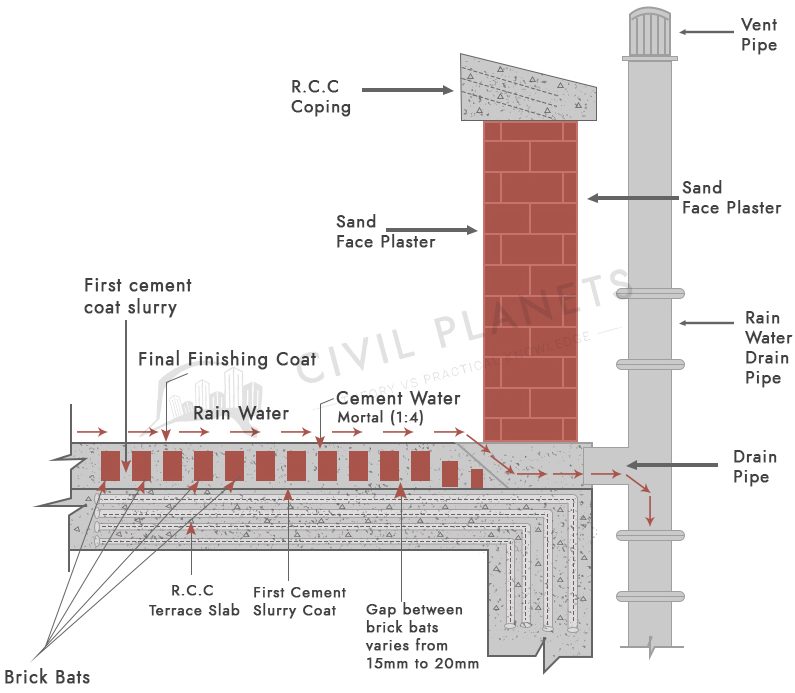
Waterproofing treatment can be either done by the membrane, sealants, or concrete lining, but it is expensive.
What is waterproofing admixture?
A waterproofing admixture is a form of liquid added to concrete, which prevents water penetration on concrete surfaces. The other name of waterproofing admixtures is permeability, reducing admixture or damp proofing admixture or water resisting admixture.
Why do we need waterproofing admixtures?
Reinforced Cement Concrete is the strongest material, but it may contain pores on the surface. That tiny pores allow the environmental moisture or rainwater penetration into the concrete. When the water reaches the embedded steel, it will start to corrode.
- To prevent water seepage into the structure
- To prevent the corrosion of the steel
- To avoid unnecessary maintenance cost
A structure has to be constructed in such a way that it should prevent the water seepage inside the buildings.
Mechanism of Water Resisting Admixtures: How it works?
The main role of water resisting admixture is to reduce the porosity of concrete elements. The concrete porosity can be reduced by controlling the water-cement ratio. However, reducing the water-cement ratio will eventually affect the workability of concrete.
By adding the admixture in concrete, it reacts with the cement of fresh concrete during the hydration. It forms a layer that fills the concrete surface pores without disturbing the workability even below the 0.45 water-cement ratio.
Functions of Good Waterproofing Admixtures

- It must resist the capillary pores (hairline thick pores) of concrete
- It should fill the pores which are present on the concrete surface
- The admixture should increase the workability when the reduced water-cement ratio
Waterproofing Admixtures Chemicals
Waterproofing admixture available in two types. Both types of admixtures prevent water molecules from penetrating the concrete.
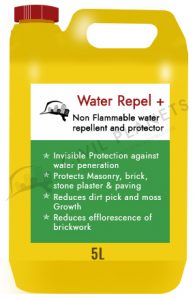
- Water repellent admixture
- Pore filling admixture
Water Repellent Admixture
This admixture is added to the concrete, forming a nanomolecular layer on the concrete surface and making it an impervious element.
Pore Filling Admixture
This admixture reacts with the cement and fills the concrete surface pores and makes it an impervious element. The aluminum sulphate, sodium silicate, and aluminum chloride are the pore filling admixtures’ ingredients and will act as a water-resisting agent.
Usage of Waterproofing Admixtures
Apart from water penetration & prevention, the admixture also increases the setting time of the concrete and water-cement ratio.
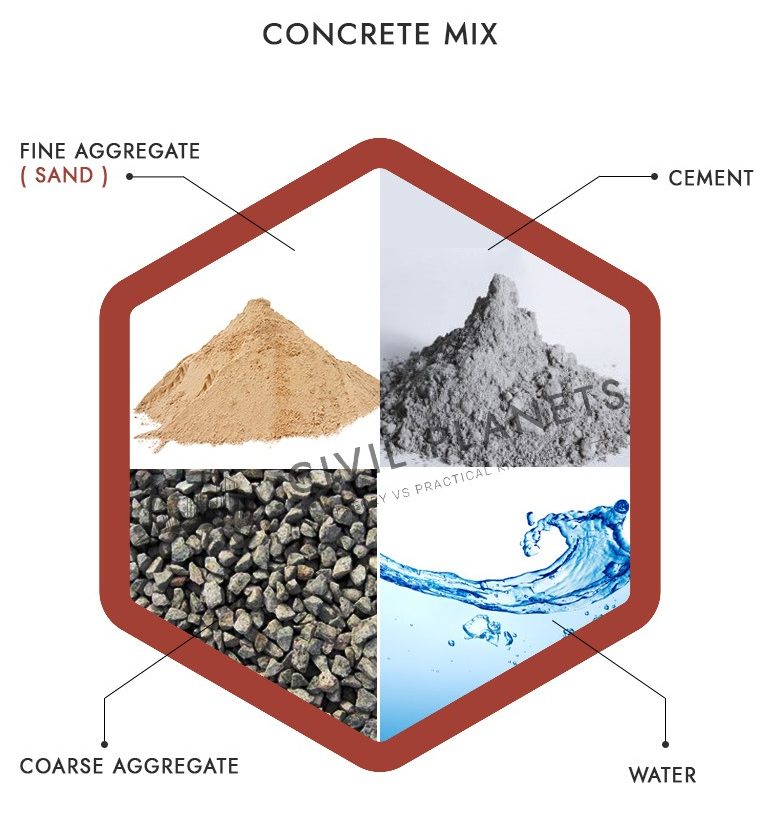
After blending concrete ingredients, the admixture is added at a certain percentage as per the design mix. The percentage of admixture dosage in concrete will be in the range of 2% to 5%.
Happy Learning 🙂


